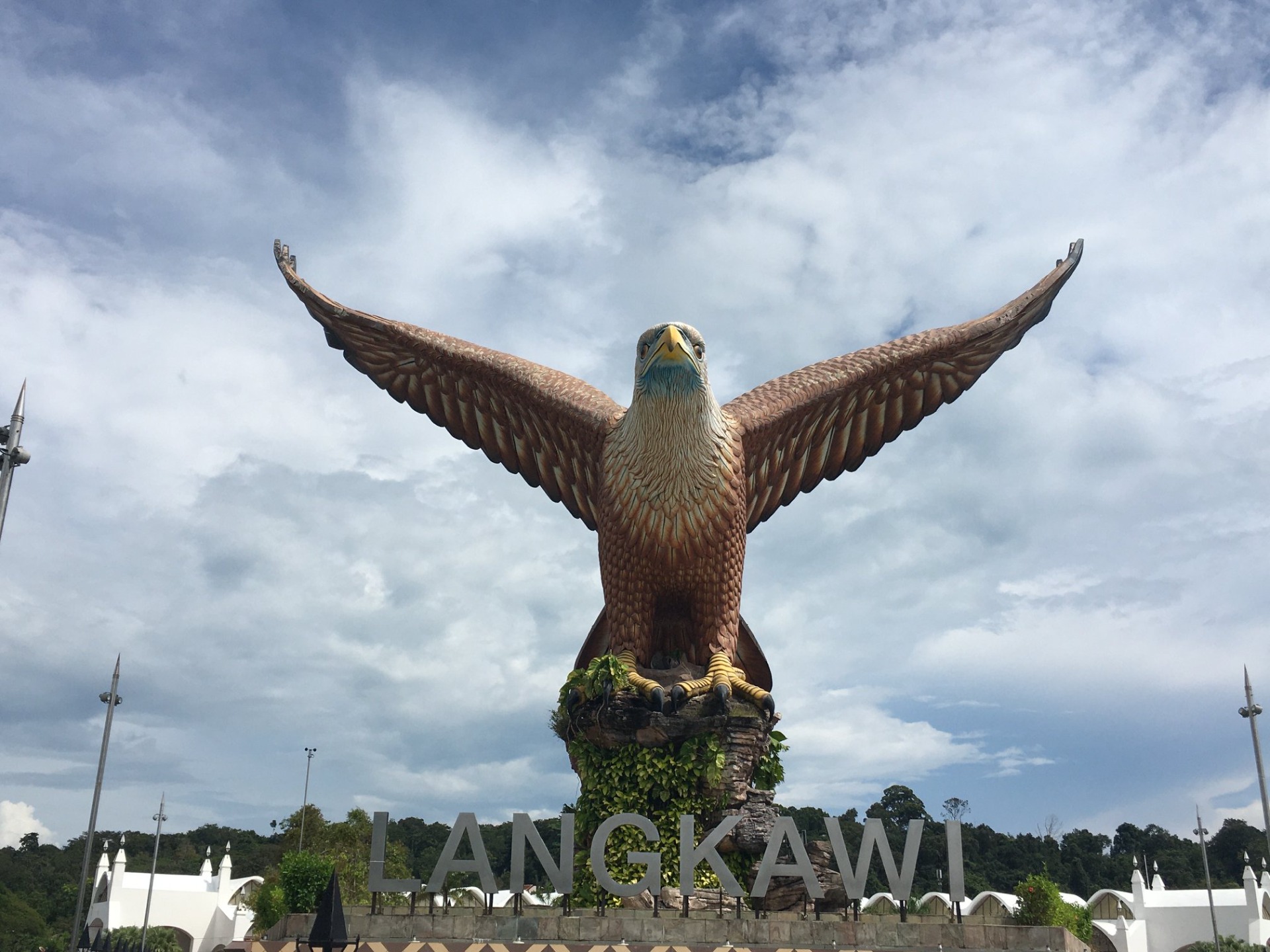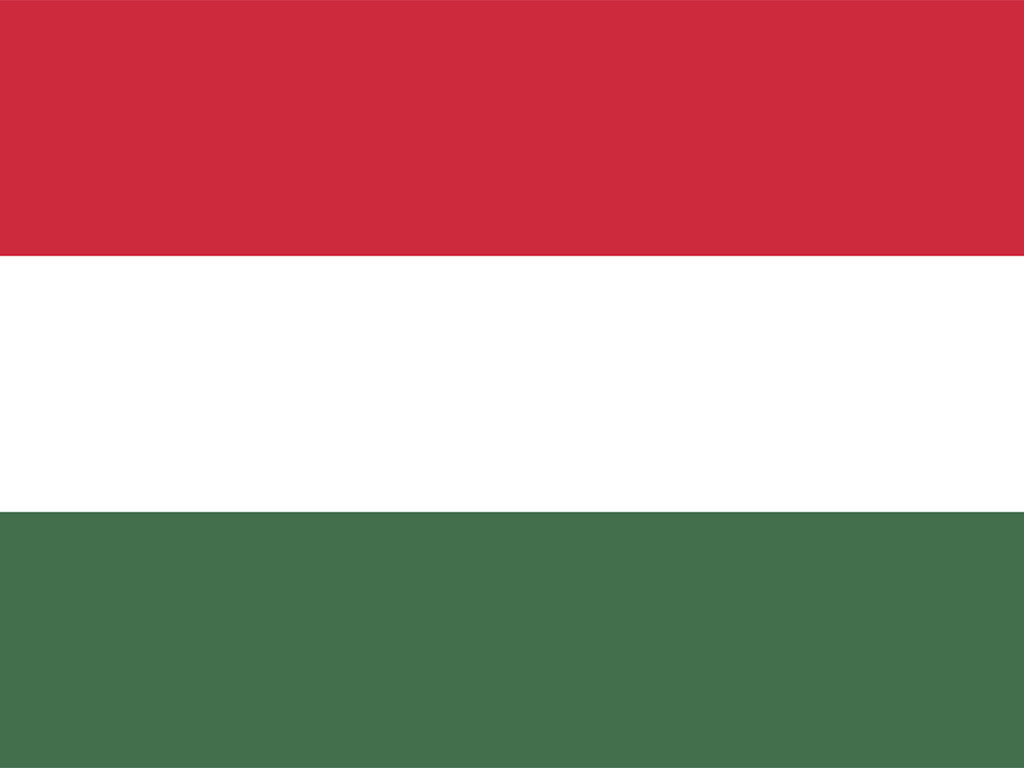IRONMAN MALAYSIA

A report on my first IRONMAN race and the World Championship qualification.
Ironmanen célba érni nem könnyű. Ironmant nyerni sem könnyű.
Winning your very first Ironman and qualifying for the World Championship? That's something few people ever achieve. And I did it!
Those who know me know that signing up for this race was never a spur-of-the-moment decision. It was part of a four-year plan to compete in the 2020 Hawaii Ironman World Championship. To get there, I needed a qualifying race, which could have been any Ironman. However, in my age group, usually only one slot is awarded per race—meaning only a first-place finish guarantees a spot. We didn't want to leave it to chance. After careful consideration—looking at last year's participants, finishing times, course characteristics, and the race date—we finally chose the Ironman in Malaysia, held on October 26 on Langkawi Island.
The budget was planned, we started saving diligently, and around April, we completed the registration. Then came the series of tasks: booking flights, securing accommodation, getting vaccinations, and so on. All the while, training was in full swing.
This year, I managed to achieve some solid results in the half-distance races: 1st place in my age group at the ETU Half-Distance World Championship, and 4th place at Podersdorf (behind Dávid Hankó and Michael Weiss)
However, the season had become quite long with this October race, and continuing training in the cold September weather while managing work was getting increasingly difficult. By then, I was really looking forward to the travel day.
We scheduled our departure for October 13, two weeks before the race. With a six-hour time difference and extreme weather conditions (over thirty degrees Celsius and 95% humidity), we wanted to arrive early to have time to acclimate. I even tried to prepare at home as much as possible—starting in September, I gradually adjusted my sleep schedule each week to match the local time, going to bed earlier and waking up earlier.
On October 13 at 4 PM, we left Budapest. After a 5-hour flight to Dubai and a 4-hour layover, we continued on a 7-hour flight to Kuala Lumpur aboard the world's largest passenger aircraft, an Airbus A380. We were lucky that one section of the plane was completely empty, so we could lie down across a row of four seats and sleep through the entire 7-hour journey. From there, only a short 1-hour flight remained, and we arrived on Langkawi Island at 8 PM local time.
We explored the island's notable spots and, of course, checked out the race course as well.
That week, I still did some slightly harder training sessions, and I could feel that my form was shaping up nicely.
Luckily, I didn't find the humidity too taxing. We rode the entire bike course during a longer training session and could already feel that the climbs would hurt—they were short but steep.
A few days before the race, the mandatory pre-race activities began. First, we picked up our race packets, attended the briefing, and then took the free shuttle organized by the race to the swim course for a pre-swim. The water was pleasantly warm at 28–29°C and relatively clear, allowing us to loosen up a bit. We then returned to our accommodation to relax in the afternoon, resting and reading. Later, we attended the opening ceremony with a buffet dinner, greetings, and a final briefing.
The day before the race was also busy. We started at the bike transition, racked our bikes, and placed our bike bags. Then we took the bus to the second transition to drop off our run bags. This was a huge air-conditioned hangar, perfect for keeping the bikes safe post-race. It was a long and exhausting morning in the heat, and we were eager to return to the accommodation, have a good dinner, and get some rest for the big day.
Race morning, we woke at 4 AM, brewed coffee, and prepared the usual pre-race pasta. We calmly ate, mixed our isotonic drinks into bottles, packed them in pre-prepared bags, and walked to the shuttle stop. A half-hour bus ride later, we arrived at the transition, which unfortunately had no lighting—one of the few negatives about the race. Without headlamps, we had to use our phones to see. We quickly checked the bikes, attached gels, slipped on cycling shoes, and mentally reviewed the transition after the swim. After putting on wetsuits, taking a last drink, and doing some warm-up exercises, we lined up for the start.
The swim used the rolling start system, sending 6–8 athletes every 5 seconds. I started in the 4th–5th row, on the right side, which meant running a wider arc into the water but gave me a clear lane without crossing other swimmers.
The swim was two laps of 1.9 km each. The first lap went smoothly, with minimal overtaking. Towards the end, a competitor in black with a "C" on his calf (my age group) passed me, and I knew I had to stay with him. We exited the water, ran about 30 meters, and got back in. During the second lap, some saltwater entered my goggles, stinging my eyes for nearly 2 km. The water felt quite warm at 29°C. Halfway through, I caught up to swimmers who had started after me, often in breaststroke, which resulted in a few kicks to the legs, difficult to avoid. Near the end, I passed my age-group rival and met another competitor, Ishida Ryo, whose father told me he was an Asian Ironman champion, adding huge motivation to push harder.
We exited the water together, entered the transition tent, and I quickly put on socks to gain a few seconds before him. A slightly awkward mount, then I got into the cycling shoes and rode at pre-determined watts, staying on plan with hydration and nutrition using Enduraid. About 3 km in, I moved to the lead, tackling the 20 km out-and-back section with two short but steep climbs. I saw my competitor only on the return leg and again at 34 km, by which time I had a 2-minute lead.
I maintained power and heart rate throughout, and by the last 30 km, I was eagerly anticipating the run.
A competitor from my age group caught up with 10 km to go, forcing me to push to maintain a small advantage.
In the run transition, I handed my bike to volunteers and grabbed my run bag. The first 2 km of the marathon went as planned, targeting 4:15–4:30 pace, starting cautiously at 4:30. I dropped my salt container, causing a brief cramp, but it passed quickly. Both thighs and later calves felt close to cramping in the heat, and I only stopped at every other aid station to pour ice water over myself. Around 30 km, I noticed possible blisters on both feet but focused solely on the finish. I passed last year's 3rd-place finisher in my age group, who mistakenly thought I was 4th, which confused me for a while, but it didn't matter.
Three kilometers before the finish, I ran into Dóri. I could only manage to tell her that I had no idea what place I was in.
(According to her, I said it in tears.) But at that point, none of that really mattered anymore. In that moment, there was only one thing left to do: run as hard as I could and reach the finish.
Crossing the finish line, I collapsed, was covered with cold towels, and got a thorough post-race massage—more painful than the race! I collected my bag and waited for Dóri to finish. In the meantime, I also made sure that I had, in fact,
I won my age group.
Finally, we received the long-awaited slot to the World Championship, paid the registration, and held the small medal in hand—a tangible reward for all the work.
Now it's certain — I will be at the World Championship next October!
I want to sincerely thank everyone who supported me - coach Dávid Gább, my family, Dóri's family, Mihály Kozárovics, and my training partner Roland Béres. Your support made this achievement possible.
